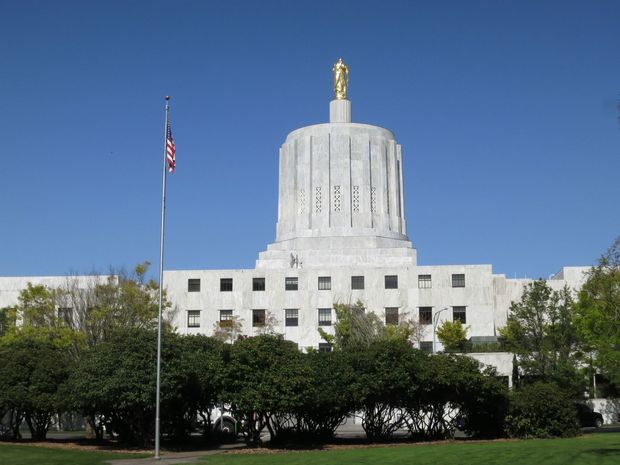Nov. 7, 2016
By
A bipartisan group of 18 Oregon lawmakers signed a letter to Gov. Kate Brown Monday calling for the state to take on more debt in the upcoming biennium to approve high-profile construction projects at public universities.
The request comes as Brown and the legislature expect to tackle a more than $1 billion revenue shortfall tied to public pension obligations and expanded healthcare costs while navigating the fallout from a divisive proposed tax on businesses, whether Measure 97 passes or fails on Election Day.
“We understand the many demands on our state’s limited debt capacity,” the lawmakers, which included five senators and 13 representatives wrote. But the upcoming session includes two opportunities that the elected officials say “merit investment above historic levels.”
Those opportunities: The University of Oregon’s proposed Phil and Penny Knight Center For Accelerating Scientific Impact, a professor-driven initiative that school officials say requires $100 million in state bonds to achieve its full potential — and Oregon State University’s desired expansion at its campus in Bend. OSU is requesting more than $69 million from the state for new buildings and other projects in Central Oregon.
The University of Oregon said its new science center will benefit the state. Other institutions seem to agree.
The lawmakers, which collectively represent 20 percent of the Legislature, also said the two signature projects should not come at the expense of other proposals at the seven public universities across the state.
Last Friday, the state higher education commission approved a newly prioritized list of projects totaling more than $444 million, up from $252 million in debt approved in the current two-year funding cycle. There was some angst among commissioners that there’s not enough money to go around.
Lawmakers beg to differ.
“We believe increased investment in the upcoming budget will benefit Oregon students and the economy,” the group wrote. “Capitalizing on these unique opportunities should not come at the expense of others— instead universities should get a larger slice of the capital pie than has traditionally been served.”
Correction: An earlier version of this story had the incorrect figure for capital construction costs anticipated in 2017-19, and also didn’t accurately characterize the full nature of the projected more than $1 billion revenue shortfall.
— Andrew Theen
atheen@oregonian.com
503-294-4026
@andrewth
Full Article here.

